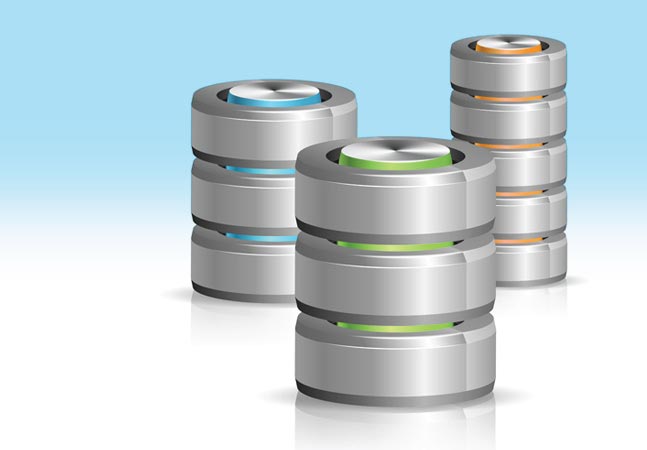
Moving to TDD with ASP.NET is not, in fact, as easy as everyone tells you it is. But it's not as much work as you might think, either. Here's what you need to do to start doing TDD in the real world with an existing ASP.NET MVC application.

If you've got a site that contains subsites and want to visually distinguish between those subsites (while still maintaining your site's visual integrity), consider nesting layouts within layouts.

If you're not using Const and Enums then you're just making life harder for the next programmer.

Once you start implementing current design practices, you'll find that your typical object consists of a lot of other objects.

In an object-oriented world you create flexible applications by combining objects. You'll want to keep those objects loosely coupled, though, so that a change in one class doesn't force you to rewrite every class. Here's how to keep them loosely coupled.

Integrating lambda expressions into your methods is easy. The trick is in recognizing when to use them. And that means understanding when the strategy and factory method patterns are going to make your applications better.

Back when he had a job, Peter used to hire developers. When he did, there were three questions he got from Scott Hanselman's blog, way back at the beginning of the .NET Framework that he's still asking today.

As you work with other developers (and seek advice from experts) you need to make sure you're discussing what matters rather than arguing about terminology.

Create the best object for moving data from your Controller to your View.

One way to slow down your application is to make multiple trips to the database. Here's a way to cut those trips in half (at least) and it has to do with the EntityFramework.Extended library.

By adding one open source library to your application (and adding two methods to your LINQ statements) you can cut the time spent on database updates and deletes in half.

If you're looking for a lean, mean, cross-platform, desktop code editor then Visual Studio Code might be just your cup of tea. However, if you're used to the level of functionality you get with Visual Studio, it's important to set your expectations appropriately.

Here's a tip about how to exploit Entity Framework's change tracking mechanism to -- possibly -- eliminate a trip to the database when you update an item. But, without some additional code, you probably can't use it.

There are so many ways to integrate an SSRS report into your page that the biggest problem you'll face is deciding which one to use. Peter runs through all the solutions he can think of, including those cases where you want to download the report as a file.

Here are three rules for defining ASP.NET MVC routes that you can actually understand.